A rainforest insects list containing species from rainforests all around the world.
Introduction: Insects That Live In Rainforests
(Scroll down to see the insects!)
Rainforest Biodiversity
Rainforests are known for their high levels of biodiversity (the amount of species found in one place). Over half of all the world’s species are found in rainforests. For this reason alone rainforests should be considered extremely important habitats.
Insects
The class Insecta (i.e. insects) is the largest of all animal groups. Over half of all the world’s species* are insects, and over 1 million insect species have so far been identified.
* That’s all species (including plants, etc.), not just animals!
Insects in Rainforests
All those insects have to live somewhere, and the rainforest is home to many of them. It’s thought that 25% of all of the world’s insect species live in the rainforest canopy.
- You can find out about the layers of a rainforest, including the canopy layer, here: Rainforest Layers
2.5 million Insect species are believed to live in the Amazon Rainforest alone.
Excitingly, there may be millions of insect species living in rainforests still to be identified!
The List
While we can’t include every single insect that lives in the rainforest, the list below contains pictures and facts about some of the most interesting and / or most famous rainforest insects.
You’ll find ants with extremely painful stings, butterflies with transparent wings, and some of the world’s largest butterflies, beetles and ants.
Thank you to Anna Harwood for her help in compiling this list.
Discover More with Active Wild
You can find out more about rainforests on the following pages:
- Become a rainforest expert: Rainforest Facts
- Discover more amazing rainforest animals: Rainforest Animals List With Pictures & Facts
- See amazing rainforest reptiles here: Rainforest Reptiles List With Pictures & Facts
- Download awesome rainforest workbooks: Rainforest Workbooks to Download
List Of Rainforest Insects
Note: some of the insects listed below are 'groups' of insects rather than individual species. For example, there are several butterflies called 'blue morphos'. Wherever this happens, we've included the group name (e.g. the genus) rather than the species' scientific name. You can find out more about terms such as 'genus' and 'species' on this page: Animal Classification.
Army Ant
- Scientific Name: Eciton burchelli
- Where Found: South America
The army ant Eciton burchelli is one of the best-known of over 200 army ant species. It is found in the Amazon rainforest and other rainforests in Central and South America.
Unlike most other types of ant, army ants don’t built permanent nests. Instead, the workers group together, linking their legs and using their own bodies to form structures known as bivouacs. The queen and the colony’s larvae are protected in the middle of the bivouac.
When foraging, army ants form lines which can be 20 meters wide and up to 200 meters in length. An army ant foraging party is known as a ‘raid’. Raids can consist of up to 200,000 ants. (These lines of ants resemble human armies marching into battle, which is how army ants got their name.)
Blue Morpho Butterfly
- Genus: Morpho
- Where Found: Most species found in South America
Blue morpho butterflies are among the best-known of all rainforest insects. These large, bright blue butterflies are found mainly in South America. There are several different species of blue morpho. All are in the genus (a group of related animals) Morpho.
The largest blue morpho species have wingspans of up to 15 cm (5.9 in.). The butterflies’ iridescent (shiny) wings are thought to protect them from predators; the flapping of the shiny wings makes it hard for a predator to lock on to the insect’s position.
On the surface of a blue morpho’s wings are over a million tiny scales arranged over several layers. Light is reflected between the layers, causing the wings to appear blue.
- You can find out more about blue morphos here: Blue Morpho Facts
Brachydiplax Dragonfly
- Scientific Name: Brachydiplax duivenbodei
- Where Found: Australia, Southeast Asia
Brachydiplax duivenbodei, otherwise known as the darkmouth dragonfly, is an insect found in Australia’s Daintree Rainforest. It has a light blue body and a wingspan of around 4 to 6 cm (1.6 - 2.3 in.), making it a relatively small dragonfly.
The species gets its name from its dark mouthparts. These help differentiate it from the closely related palemouth dragonfly, which, as its name suggests, has pale mouthparts.
Both species are found by slow-moving and still waters in Queensland, Australia and parts of Southeast Asia.
Bullet Ant
- Scientific Name: Paraponera clavata
- Where Found: South America
The bullet ant is one of the most famous of all insects that live in rainforests. Both its fame and its name are due to its extremely painful sting; it is said that the pain from the sting of a bullet ant is comparable to that of being shot
Rainforest tribes use bullet ants in initiation ceremonies. If a boy can endure being repeatedly stung by a glove-full of bullet ants, he is considered ready to become a warrior.
Bullet ant workers are large ants, reaching lengths of 30 mm (1.2 in.). Unlike some species, the queen is only slightly larger than the workers.
Bullet ants are found in lowland rainforests in Central and South America. Because the ants forage in the rainforest canopy, their nests are usually found at the foot of trees.
- You can find out more about the bullet ant here: Bullet Ant Facts
Bombus Traversalis Bumblebee
- Scientific Name: Bombus traversalis
- Where Found: Amazon Rainforest
Bombus Traversalis is a bumblebee found in the Amazon rainforest. Unlike most other rainforest bumblebees, which nest in trees, it lives in underground nests.
The intricate nest of Bombus Traversalis is designed to protect the colony both from predators and from rain.
Bombus Traversalis constructs a protective dome over the entrance to the nest (this behavior is unusual, if not unique, among ground-dwelling bumblebees).
As a further deterrent against predators, the entrance to the nest is also guarded by up to five bees. They will vigorously attack any predator that approaches the nest.
Clear-Winged Butterflies
- Scientific Name: Cithaerias pireta / Pseudohaeterea hypaesia
- Where Found: Central and South America
Cithaerias pireta, otherwise known as the blushing phantom, is a butterfly found in rainforests in Central and South America. It is one of several species of clear-winged butterflies.
The wings of most butterflies are covered with tiny scales which provide their bright colors. The wings of clearwing butterflies lack these scales, and therefore appear almost transparent.
Cithaerias pireta and other related butterflies in the group Haeterini, such as Pseudohaeterea hypaesiaI live deep in the rainforest vegetation. They are mainly active at dusk.
Comet Moth
- Scientific Name: Argema mittrei
- Where Found: Madagascar
The comet moth is only found in the rainforests of Madagascar. It is a large and very distinctive insect, with yellow wings and a long tail projecting from each hind wing. (With their long tails, the hind wings resemble comets, which is how the species got its name.)
The eye-like markings on each of the wings are a deterrent to predators.
Once it has hatched, the comet moth is unable to feed, and only has from four to eight days to find a mate and reproduce.
Dancing Jewel Damselfly
- Scientific Name: Platycypha caligata
- Where Found: Africa
The dancing jewel damselfly is a brightly-colored damselfly found by lakes and rivers in southern and eastern Africa. It is found in tropical forests but avoids the densest rainforests.
The males perform elaborate courtship dances to attract females.
Like most damselflies, it folds its wings behind its back when at rest. This is a good way of telling damselflies and dragonflies apart; dragonflies hold their wings open and away from their bodies when at rest.
Elephant Beetle
- Scientific Name: Megasoma elephas
- Where Found: Central and South America
The elephant beetle is a large rainforest insect found in Central and South America. It is a member of the scarab beetle subfamily Dynastinae, a group of insects also known as rhinoceros beetles.
Elephant beetles can grow up to around 12 cm 4.75 in., with males reaching significantly larger sizes than females. Males can also be identified by the long horns which project forwards from the head.
Elephant beetles spend up to three years as larvae. As adults they are mainly nocturnal; this allows them to lessen the chances of being predated.
Giant Forest Ant
- Scientific Name: Dinomyrmex gigas
- Where Found: Southeast Asia
The giant forest ant is one of the largest ants in the world, with workers reaching almost 21 mm (.82 in.), and soldiers reaching 30 mm (1.18 in.). The species is found in rainforests in several Southeast Asian countries, including Singapore, Indonesia and Thailand.
This large rainforest insect lives in colonies of around 7,000 individuals. Largely nocturnal, the species feeds mainly on honeydew, a sugar-rich liquid excreted by sap-eating insects.
Giant forest ant colonies are territorial. A fascinating aspect of the species’ lifestyle is that at territorial borders rival colonies may take part in ritualistic battles. These involve each colony sending out a soldier ant to fight on behalf of the colony.
Although the species lacks a sting, it can deliver a painful bite.
Goliath Beetle
- Scientific Name: Goliathus Goliatus
- Where Found: Africa
Goliath beetles are five species in the genus Goliathus. They are among the largest insects in the world, with the larger males reaching lengths of up to 110 mm (4.3 in.).
Male goliath beetles can be identified by their V-shaped, forward-facing horns. These are used to fight other males.
Goliath beetles are found in African rainforests. Despite their great size, they are still able to fly.
Hercules Beetle
- Scientific Name: Dynastes hercules
- Where Found: Central and South America
The Hercules beetle holds the record for being the longest insect in the world. Males are equipped with a pair of huge, forward-facing horns, resulting in a total body length of up to 175 mm (7 in).
The longer of the two horns projects from the insect’s head. The other projects from the thorax, underneath the head horn.
The Hercules beetle’s horns are used to fight other males in order to mate with females. When fighting, the beetle attempts to capture its opponent between its two horns in order to lift and throw the other beetle.
Leafcutter Ant
- Genus: Acromyrmex and Atta
- Where Found: North and South America
There are over 40 different species of leafcutter ant. They are divided between 2 genera: Acromyrmex and Atta. They are found from the southern United States south into South America.
- You can find out more about animal groups such as genera and families on this page: Animal Classification
Leafcutter ants live in huge colonies, the largest of which contain around 8 million ants.
Leafcutter ants cut leaves from the foliage and carry them back to the nest, travelling in long lines that stretch from the food source to the nest. The ants use the leaves to feed fungus that is grown in a special area of the nest known as a ‘fungus garden’.
The ants live in partnership with the fungus. The fungus grows on the leaves they bring it; in return the ants feed their larvae with the fungus.
- You can find out more about leafcutter ants here: Leafcutter Ant Facts
Mosquitoes
- Family: Culicidae
- Where Found: All continents except Antarctica
There are around 3,500 species of mosquito. They make up the family Culicidae, which itself is part of the order Diptera (the flies).
Despite their small size mosquitoes are among the most dangerous of all animals. This is because they feed on blood, and in doing so transmit diseases such as malaria, yellow fever and the zika virus.
Mosquitoes are present in rainforests (as well as a number of other habitats). Because of this, care should be taken to minimize the chance of being bitten while in the rainforest.
Some studies suggest that disease-carrying mosquitoes are less likely to be found in undisturbed rainforests than in areas that have been disturbed (i.e. changed by humans in some way).
Orchid Bee
- Tribe: Euglossini
- Where Found: Central and South America
There are around 200 species of orchid bee. They are brightly-colored and have long, thin tongues. Unlike other bees, orchid bees do not live in colonies, and many are solitary.
Orchid bees have coevolved alongside a group of plants known as Coryanthes, or bucket orchids.
A bucket orchid’s flower is a complex system of chambers. Attracted by the flower’s scent, the orchid bee wanders into the flower and becomes trapped in a liquid-filled bucket. The bee’s only means of escape is by passing under a pollen-dispensing structure in the flower.
The bee, having freed itself from the flower, will then distribute the pollen to other flowers.
- You can find out more about rainforest plants, including bucket orchids, here: Rainforest Plants
Queen Alexandra's Birdwing Butterfly
- Scientific Name: Ornithoptera alexandrae
- Where Found: Papua New Guinea
With a wingspan of 25 cm (9.8 in), the Queen Alexandra's birdwing is the largest butterfly in the world. It is found in the forests of Papua New Guinea. The species was discovered by British collector Albert Meek, and named after Alexandra of Denmark, wife of King Edward VII.
Female Queen Alexandra's birdwings are larger than the males. Their wings are brown with white markings. The male is far more strikingly-colored, with emerald green and black wings.
The Queen Alexandra's birdwing is an endangered species. It is found in an extremely small area of forest, and is threatened by habitat loss due to palm oil plantations.
- You can find out more about the Queen Alexandra's birdwing butterfly here: Queen Alexandra's Birdwing Butterfly Facts
Stingless Bee
- Scientific Name: Trigona spinipes / Melipona bicolor
- Where Found: South America
Stingless bees are members of the insect group Meliponini, a subgroup of the bee family Apidae. There are around 500 stingless bee species, some of which inhabit tropical rainforests. Stingless bees produce honey, and some species are farmed for this purpose.
Stingless bees, as their name suggests, lack the ability to sting. They will, however, swarm defensively and bite predators.
Trigona spinipes is a stingless bee found in Brazil. It is known to build its nests in dung (as well as a variety of other materials) and its honey is therefore not eaten by humans. The species is found in a range of habitats, including rainforests.
Melipona bicolor is a stingless bee found in the coastal rainforests of South America. It nests in the hollow bases of trees or among the roots. It is commonly kept as a source of honey.
Termites
- Infraorder: Isoptera
- Where Found: All continents except Antarctica
Termites are insects in the infraorder (a group of related animals) Isoptera. They are present in various habitats, including rainforests, and are found on all continents except Antarctica. There are around 3,000 recognized termite species, with the largest number being found in Africa.
Despite their small size, termites play a vital role in the rainforest ecosystem. In rainforests in Cameroon, their collected biomass is more than 1 ton per hectare.
Recent studies have found that termites help to protect rainforests during droughts. Termites break down the leaf litter and increase the level of moisture contained in the soil. When there is little or no rainfall, termites increase their activity, ensuring the soil remains moist and allowing plants to continue to grow.
Ulysses Butterfly
- Scientific Name: Papilio ulysses
- Where Found: Australia, Southeast Asia
The Ulysses butterfly is found in tropical rainforests in Australia, Papua New Guinea, Indonesia and other parts of Southeast Asia. The wings of this large butterfly are iridescent blue with black edges.
The species is a swallowtail butterfly in the family Papilionidae. Like other members of this family, its hind wings have long projections, giving it a forked, or swallow-tailed, appearance.
The Ulysses butterfly’s wingspan reaches 14 cm (5.5 in). Despite its relatively large size and bright upper wing coloration, the species is elusive and difficult to see when not in flight. This is due largely to the plain, dark coloration of the underside of its wings.
Weaver Ant
- Scientific Name: Oecophylla longinoda
- Where Found: Africa
The weaver ant lives in the canopy layer of African rainforests. Weaver ants are known for the ingenious way in which they construct their nests out of leaves.
First, several worker ants combine their strength to pull the leaves together. Larvae are then fetched from the nest, and the silk that they emit is used by the workers to stitch together the leaves. (It is this behavior that gives the weaver ant its name.)
The weaver ant is a voracious predator, feeding on other invertebrates both in the canopy and on the forest floor. Its presence is often encouraged by farmers, as the species will attack the crop eating coconut bug.
Rainforest Insects List: Conclusion
We hope that this list of insects that live in the rainforest has given you an idea of the types of insect found in the rainforest habitat.
- You can find out more about rainforests at our main rainforests page: Rainforest Facts
- You can download printable rainforest books here: Rainforest Workbooks
- Discover more rainforest animals here: Rainforest Animals List with Pictures and Facts

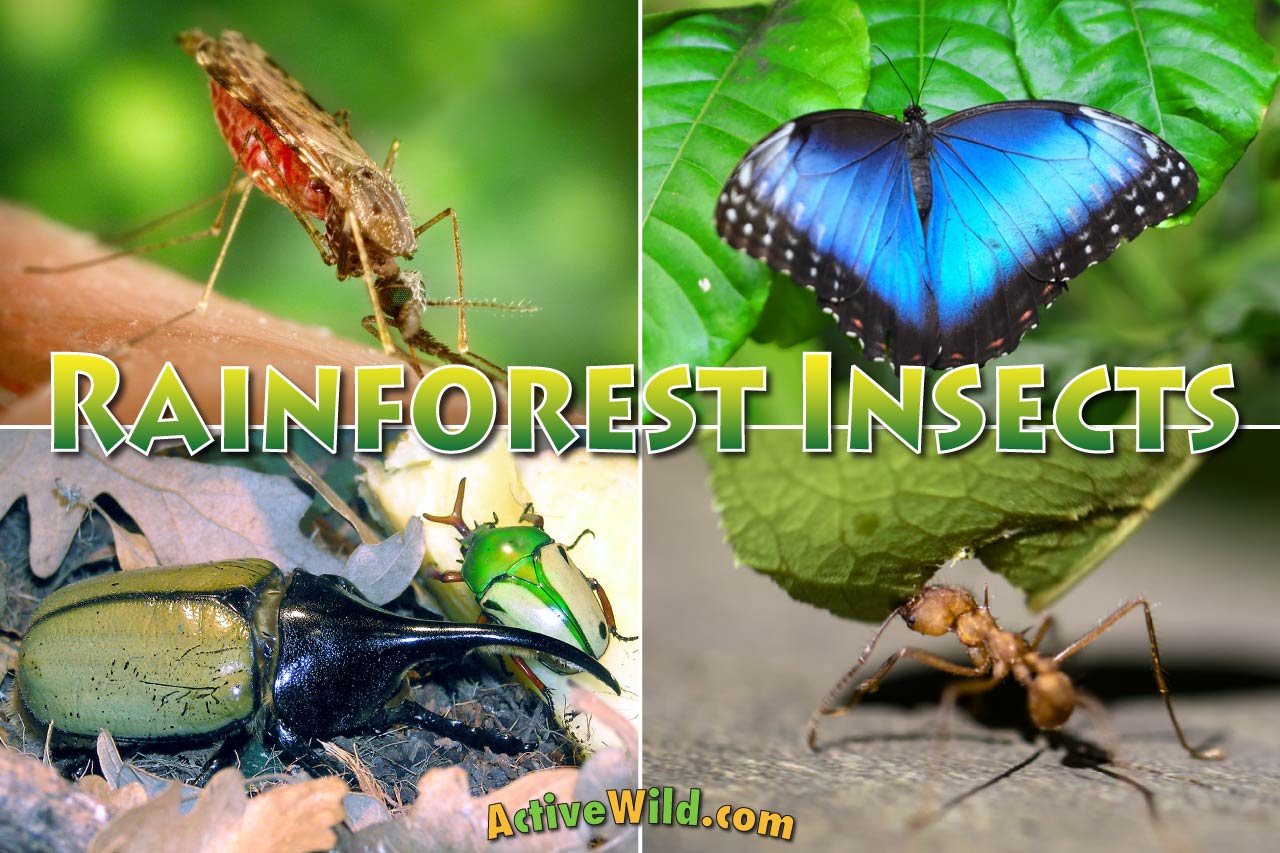


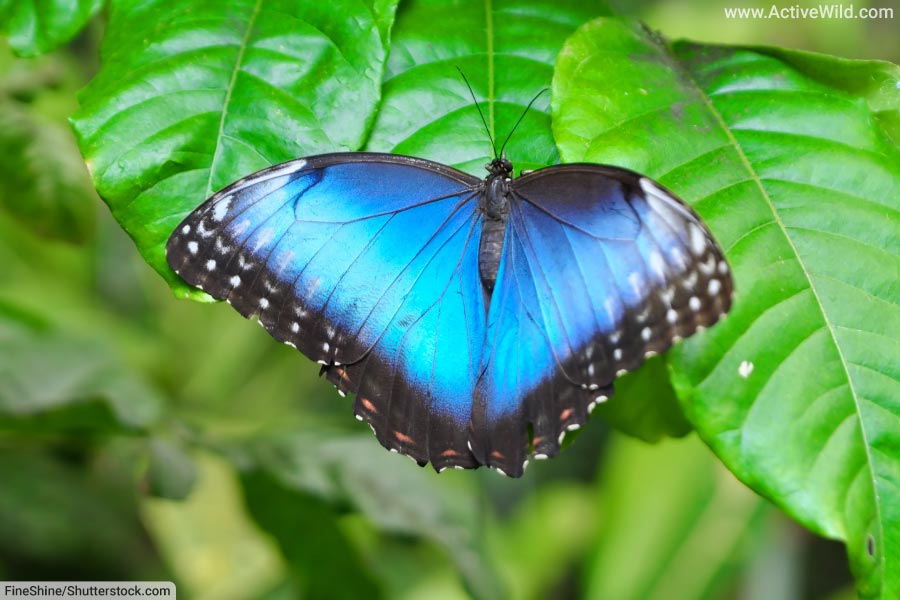


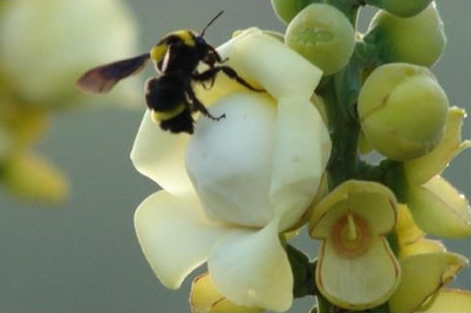
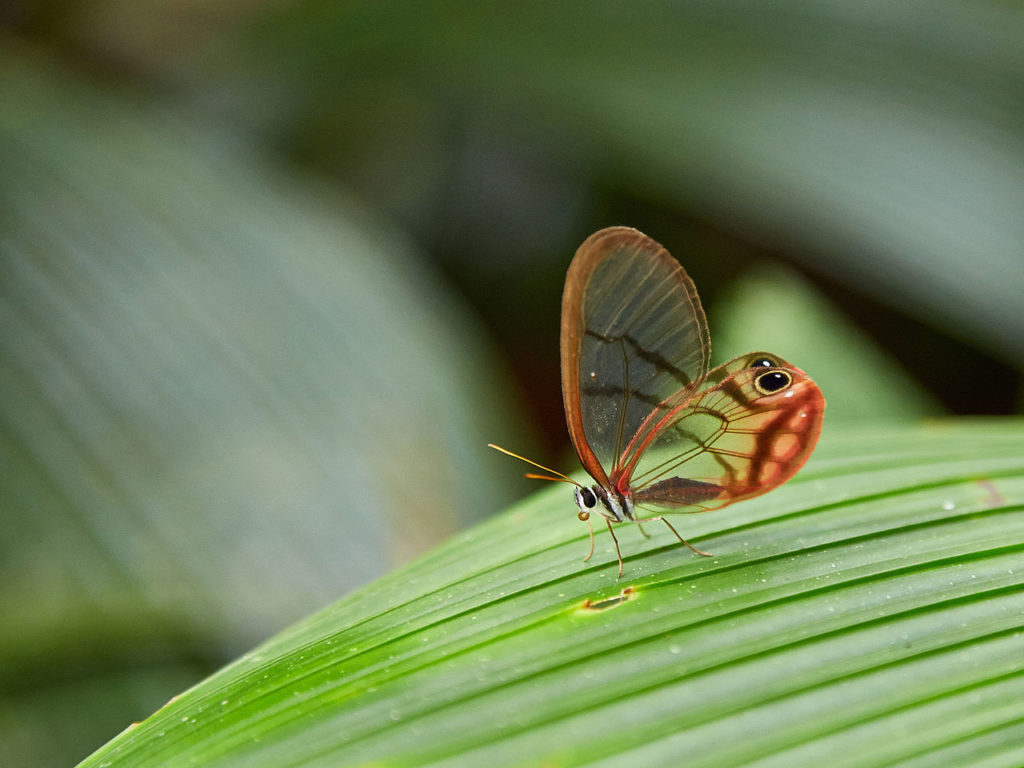

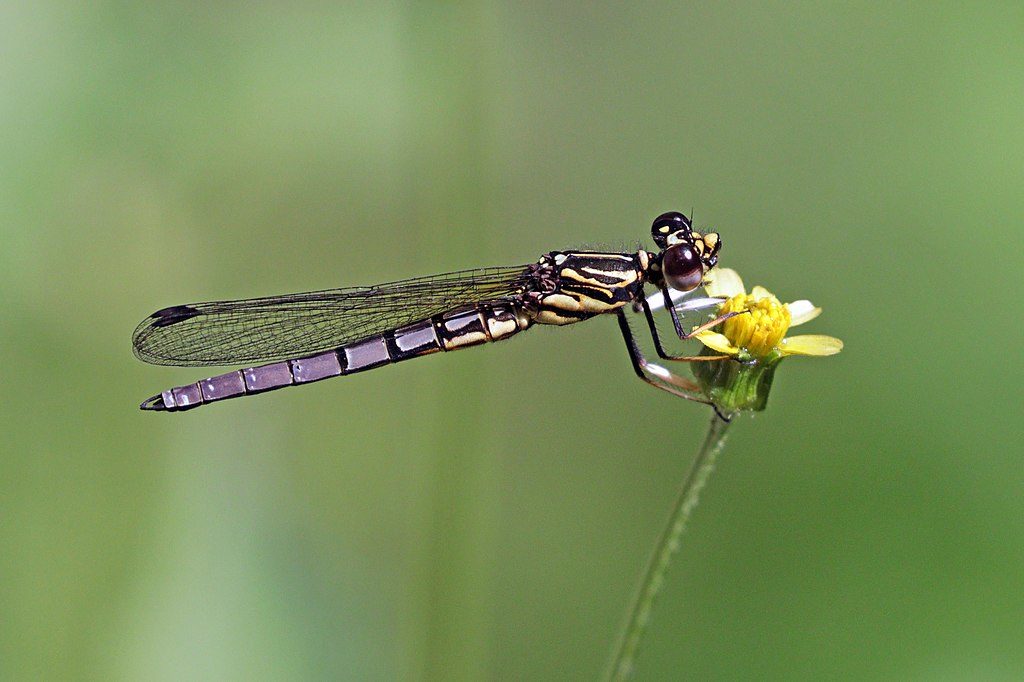



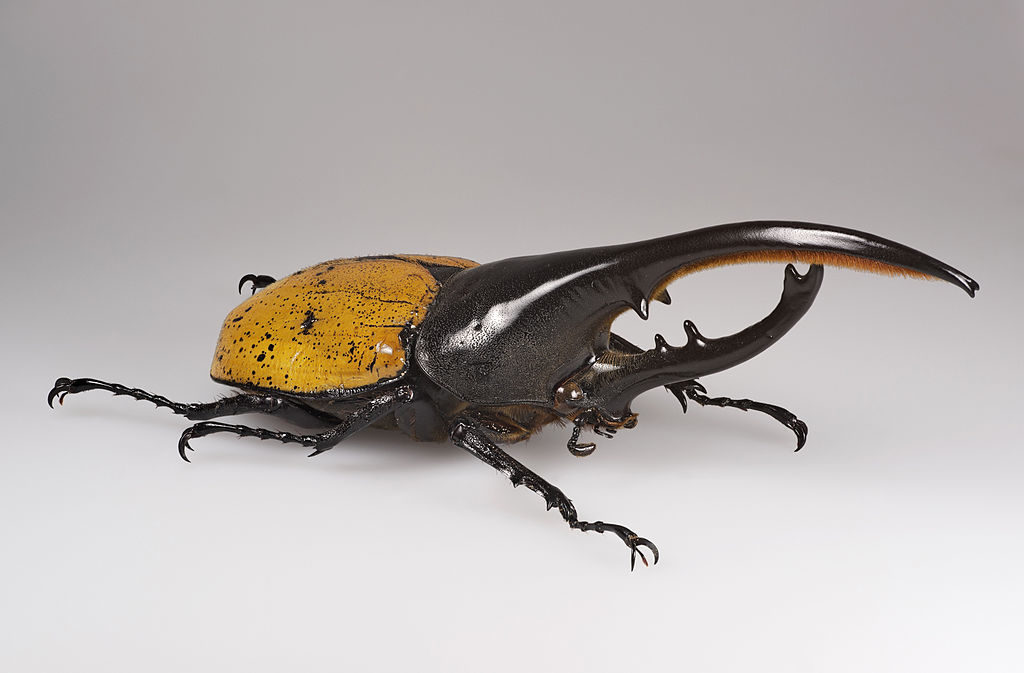
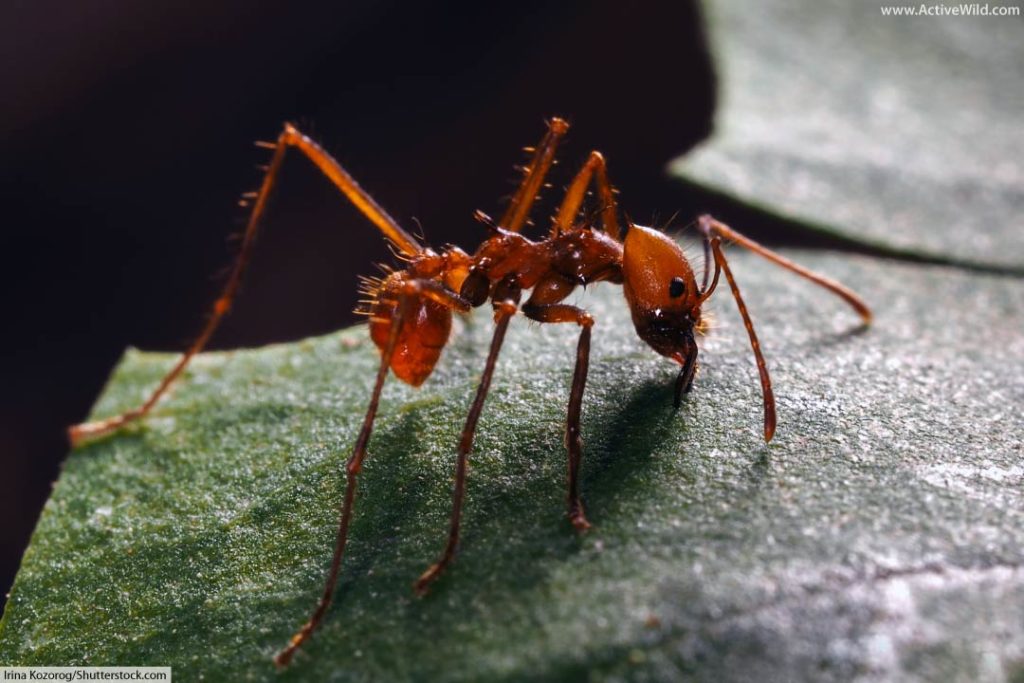








Thanks I had a school project on insects, and this is a game changer!
I never knew that ants can make webs, and there are so many beautiful butterflies!
thank u
These are creepy
this website is so interesting keep up the work
I like the stingless bee. Stingless bees, as their name suggests, lack the ability to sting. They will, however, swarm defensively and bite predators.Stingless bees are members of the insect group Meliponini, a subgroup of the bee family Apidae. Stingless bees produce honey, and some species are farmed for this purpose.. There are around 500 stingless bee species, some of which inhabit tropical rainforests. Trigona spinipes is a stingless bee found in Brazil. It is known to build its nests in dung (as well as a variety of other materials) and its honey is therefore not eaten by humans. The species is found in a range of habitats, including rainforests.
I like that the Bullet ant can disguise as an normal ant its actually, an ant that can sting you, and you wouldn’t think that an ant can do such a thing.